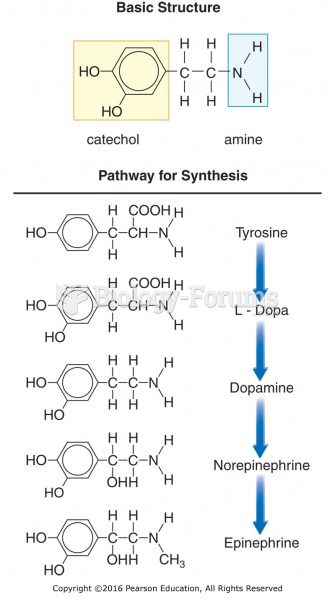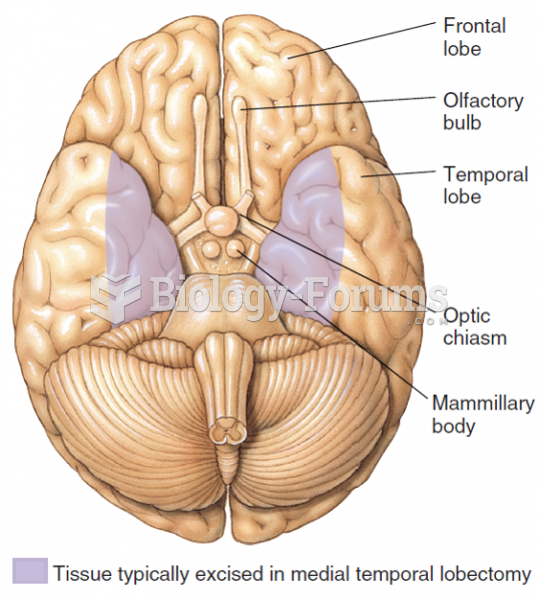|
|
|
Throughout history, plants containing cardiac steroids have been used as heart drugs and as poisons (e.g., in arrows used in combat), emetics, and diuretics.
People with high total cholesterol have about two times the risk for heart disease as people with ideal levels.
When blood is exposed to air, it clots. Heparin allows the blood to come in direct contact with air without clotting.
More than 150,000 Americans killed by cardiovascular disease are younger than the age of 65 years.
Most strokes are caused when blood clots move to a blood vessel in the brain and block blood flow to that area. Thrombolytic therapy can be used to dissolve the clot quickly. If given within 3 hours of the first stroke symptoms, this therapy can help limit stroke damage and disability.







